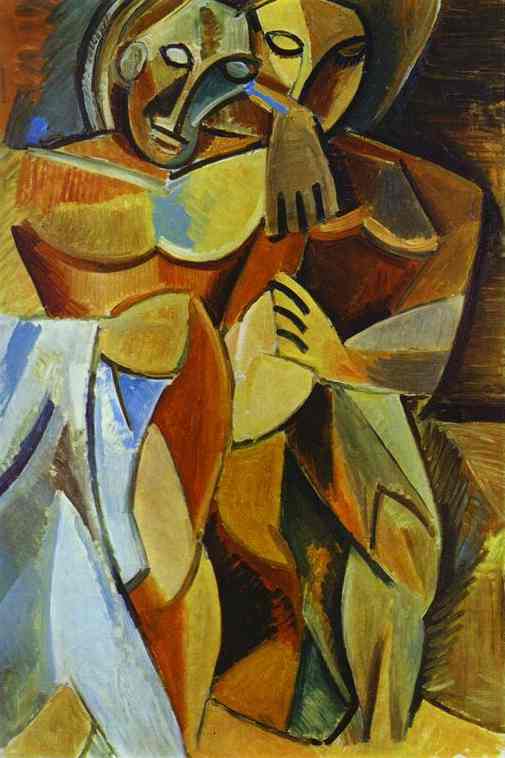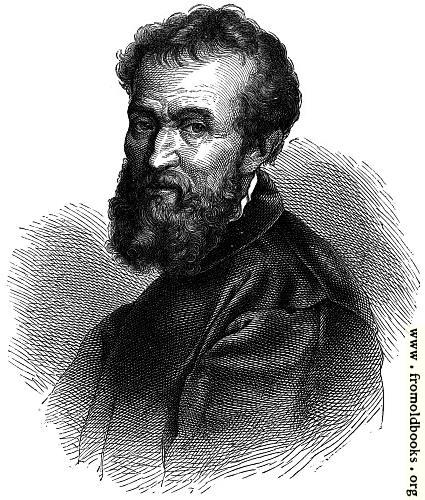
1881-1973 Pablo Picasso was born the son of an art teacher and not surprisingly, displayed enormous talents at a very early age. He was a painter, a sculptor, a ceramist and a graphic artist. In fact, he was a master of any medium or art form he chose to try his hand at. To call Picasso a master artist would be a great understatement, for the man created a staggering number of paintings, sculptures and drawings.
Pablo Picasso, 1881-1973, Spanish painter, sculptor, graphic artist, and ceramicist worked in France. He is the foremost figure in 20th century art, a leader of the School of Paris. He was remarkable for his technical virtuosity and incredible originality. He was admitted to the Royal Academy of Barcelona at 15 and later moved to Paris, where he remained until 1947, then moving to the South of France.
Picasso, along with Georges Braque succeeded in his attempts to create a revolutionary new art form, Cubism. These two artists let the art world know and see that several points of view of an object could be viewed at one time. In addition, they put forward the idea of spatial reconstruction and they expressed perfectly the idea that even though depth could be "faked", painting is a 2-dimensional art form.
His early works show the influence of Toulouse-Lautrec. His production is usually described in series of overlapping periods. In his melancholy blue period such works as The Old Guitarist depicted, in blue tones, the world of the poor. A lighter palette and subjects from the circus characterize his rose period. In 1907, Picasso painted Les Demoiselles d'Avignon, the most significant work in the development of cubism and abstraction, and a herald of analytic cubism. In the synthetic phase of cubism (after 1912), his forms became larger and more representational. In the 1920's he also introduced collage. His second landmark work was Guernica, an impassioned condemnation of war and fascism. In his later years, Picasso turned to creations of fantasy and comic invention. Working consistently in sculpture, ceramics, and the graphic arts, he continued to explore his personal vision until his death at age 93.






